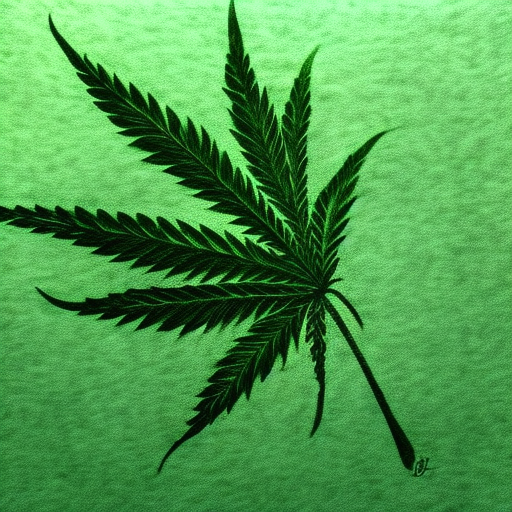
When it comes to testing cannabis, one of the most important variables worth knowing is the water content of the flower in question. This is particularly relevant when conducting cannabinoid content analysis, which measures the levels of different cannabinoids present in the sample.
In typical cannabinoid content analysis, the levels are expressed as a percent by weight. For example, if a 10-gram sample of cannabis contains 2 grams of tetrahydrocannabinol (THC), it would be calculated as a THC content of 20 percent. However, changes in water content between batches of flower can make these results inaccurate.
Water content affects the overall weight of the sample, which is used in calculating the THC content. For instance, two cannabis flower samples may contain the same amount of THC, but if one sample has been completely dried out, it will be lighter overall due to less water weight. As a result, it will be calculated as having a higher THC percentage than the second sample, even though they have equal amounts of THC.
To address this issue, companies submitting cannabis samples for testing are increasingly encouraged to submit samples that have been cured and dried to a point that is equivalent to the expected water content at the point of sale. This allows producers to determine the moisture content at every stage of the process, from harvest to dispensary shelf.
Measuring moisture content not only ensures accurate cannabinoid levels but also helps processors evaluate their curing process and extractors assess extraction efficiency. In some regions, moisture content testing has become mandatory. For instance, California requires all cannabis to undergo moisture content testing and display the result on the certificate of analysis.
There are several methods for measuring moisture content in cannabis. A low-temperature oven can be used to dry out the flower and measure the difference in weight before and after drying. Bench-top moisture analyzers are also commonly used as they provide fast and reliable measurements.
Another method that has been reported as effective involves using a wood moisture meter. This technique requires setting the meter to the “softwood” setting and pressing a piece of cannabis material against the touchpad. While this method may not be suitable for commercial operations, it can be useful for home cultivators.
Water activity is another important concept related to moisture content. It describes how tightly bound the water’s available energy is and is measured on a scale from 0 to 1. High water activity values indicate unbound water that can serve as a potential food source for microbes, leading to spoilage. The cannabis industry has started to shift towards considering water activity as a measure of product safety instead of moisture content.
Water activity measurement methods often use the properties of the headspace above the sample to characterize it. Common methods include capacitance hygrometers and resistive electrolytic hygrometers, which interpret changes in electric signals with air humidity to calculate water activity. Another method is the chilled mirror dew point hygrometer, which relies on fundamental thermodynamic principles to calculate water activity accurately.
Accurate measurement of moisture content and water activity is crucial for cannabis producers and processors to ensure product quality and prevent microbial contamination. Trusted and well-established methods help reduce the risk of poor labeling and improve overall safety in cannabis products.

